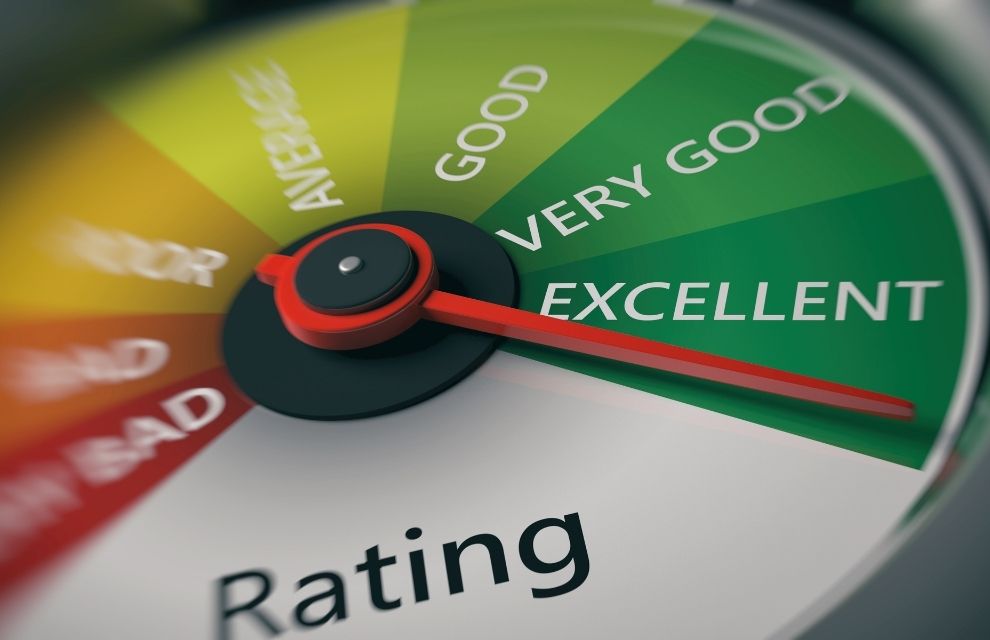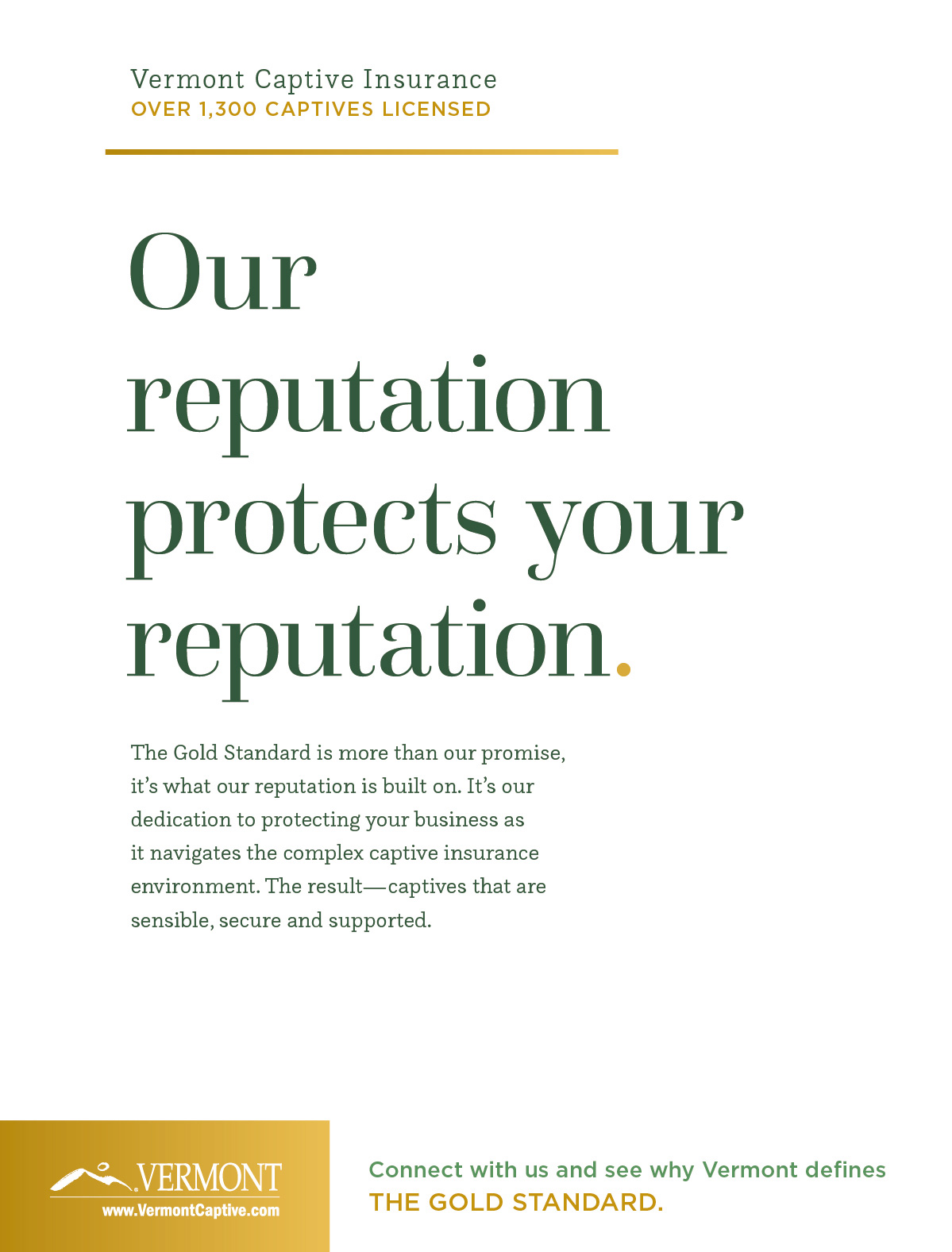The operating performance of rated US captive insurance companies exceeded that of the commercial insurance market in 2020, according to a new A.M. Best report.
The market segment report attributes this performance to COVID-19 market conditions, which fuelled emerging areas of growth.
It also emphasises that captives’ flexibility and control in risk management, as well as strict loss control programmes, allows the structures to drive profitability and retained earnings to create value for policyholders and stakeholders, regardless of market conditions.
Despite this positive outlook, the number of US domestic captives experienced a small decrease of 2.4 per cent from 3,182 in 2019 to 3,107 in 2020. A.M. Best attributes this to fewer new formations and several closures as a result of scrutiny from the Internal Revenue Service (IRS).
In 2020, US captives rated by A.M. Best had a total pretax operating income of $942 million; although this marks a decrease from 2019’s figure of $1.01 billion, this is still considerably stronger than the commercial casualty market.
A.M. Best calculates that between 2016 and 2020, captives were responsible for $3.4 billion of their year-end surplus.
In this time period, captives also returned $5.2 billion in policyholder and stockholder dividends, as well as making up $8.6 billion in insurance cost savings by not purchasing coverage from third-party organisations in the commercial market.
The report notes that the hardening commercial market and increased price of reinsurance has allowed captives to balance risk appetite with self-insurance savings to determine net retentions, leading to the increased popularity of cell captives.
Furthermore, A.M. Best identifies that captives continue to expand in traditional lines of business following COVID-related uncertainty and catastrophe losses, including commercial auto liability, directors and officers, employee benefits and medical stop loss.
The pandemic also caused insureds to investigate coverage for communicable diseases, including business interruption and contingent business interruption.
A.M. Best names the adoption and adherence of environmental, social and governance (ESG) principles as critically important, noting that ESG has become a more prominent consideration in its ratings of commercial insurance companies.
However, the agency adds that ESG rating factors did not influence any rating action on captives as many of the single parent companies dedicate significant resources to ESG, while group captives and risk retention groups have narrower profiles and scope.
The report concludes by identifying cyber attacks as a significant emerging risk owing to the increase in their frequency, severity and sophistication. This has allowed captives to act as an alternative to the commercial market and its current reevaluation of risk tolerance, underwriting practices and profitability for this line of coverage.






